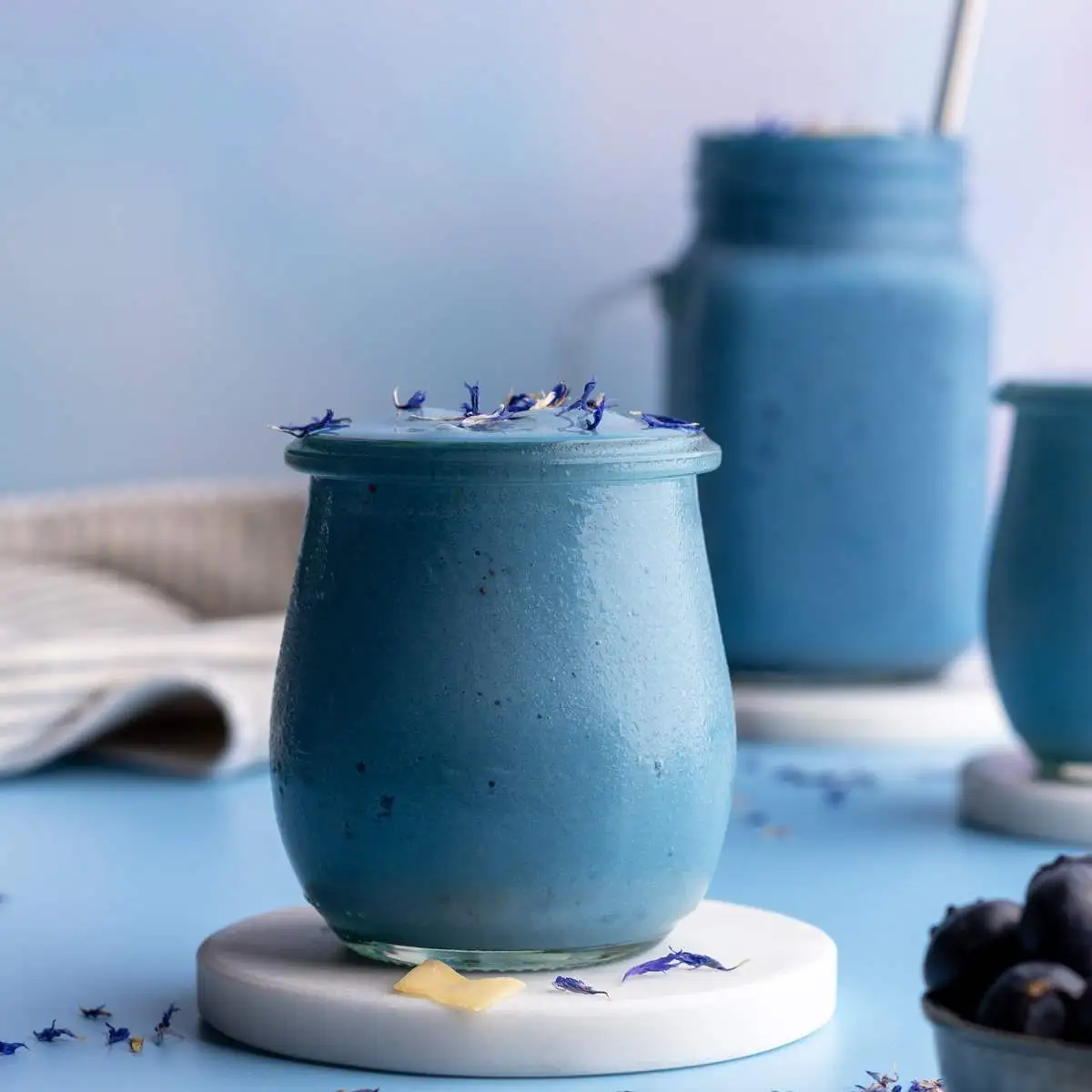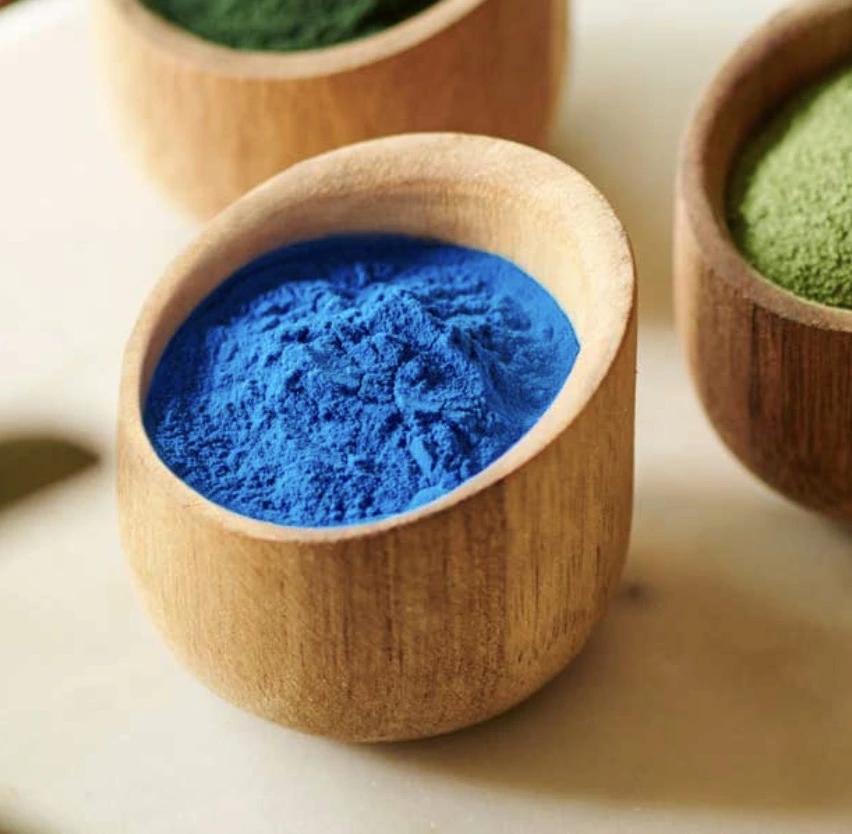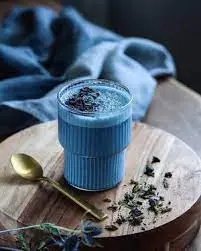Red Grape Skin Powder E163(ii): Rich in Polyphenols
Red grape skin powder, also known as E163(ii), is a natural colorant and nutritional powerhouse derived from the skins of red grapes. This vibrant ingredient is catching the attention of health enthusiasts and food manufacturers alike due to its rich polyphenol content and potential health benefits. Let's delve into the world of red grape skin powder E163(ii) and explore its remarkable properties.
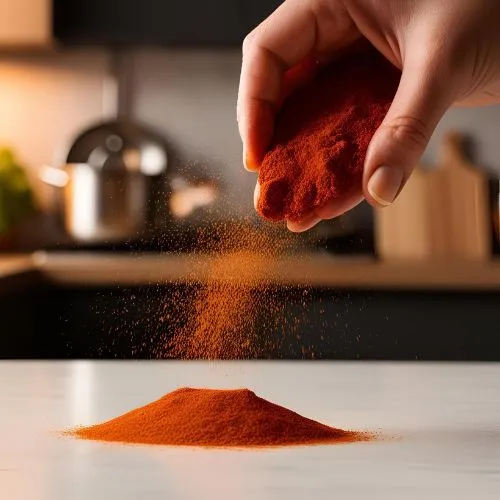
How Polyphenols in E163(ii) Support Heart Health?
The polyphenols found in red grape skin powder are a group of plant compounds known for their potent antioxidant properties. These compounds play a crucial role in supporting cardiovascular health in several ways:
Reducing Oxidative Stress
Polyphenols act as powerful antioxidants, neutralizing harmful free radicals in the body. By reducing oxidative stress, they help protect the heart and blood vessels from damage, potentially lowering the risk of cardiovascular diseases.
Improving Blood Flow
Studies have shown that the polyphenols in red grape skin can enhance the production of nitric oxide, a molecule that helps relax blood vessels. This relaxation effect can lead to improved blood flow and potentially lower blood pressure, both of which are beneficial for heart health.
Managing Cholesterol Levels
Some research suggests that the polyphenols in red grape skin powder E163(ii) may help manage cholesterol levels by reducing the oxidation of LDL (bad) cholesterol and increasing HDL (good) cholesterol. This balance is crucial for maintaining a healthy cardiovascular system.
Anti-inflammatory Effects
Chronic inflammation is a known risk factor for heart disease. The polyphenols in red grape skin powder have demonstrated anti-inflammatory properties, which may help mitigate this risk and support overall heart health.
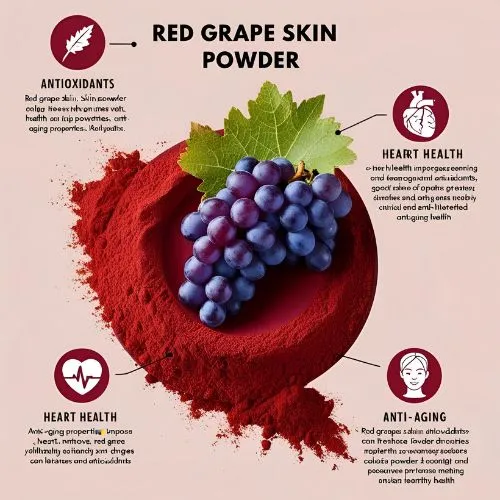
Top Uses of Red Grape Skin Powder in Wellness
Beyond its heart-health benefits, E163(ii) is finding its way into various wellness applications. Here are some of the top uses of red grape skin powder in the health and wellness industry:
Natural Food Coloring
As consumers turn to natural alternatives to synthetic food dyes, E163(ii) has become a popular option. Its rich red to purple color provides vibrant hues to various food and beverage products, offering a natural solution without the use of artificial additives. This growing preference for E163 reflects the demand for cleaner, more natural ingredients in the food industry, making it a sought-after choice for enhancing product appeal.
Antioxidant-Rich Supplements
Red grape skin powder, with its high polyphenol content, is an ideal ingredient for antioxidant supplements. These supplements are designed to enhance overall health and offer protection against conditions related to oxidative stress. The powerful antioxidants in red grape skin powder help neutralize free radicals, supporting the body’s defense mechanisms and promoting better well-being.
Skin Care Formulations
The antioxidant benefits of E163(ii) extend beyond internal use. Many skincare brands are now incorporating red grape skin powder into their products to help shield the skin from environmental stressors and support a youthful appearance. Rich in polyphenols, this natural ingredient helps protect the skin from damage caused by free radicals, making it a valuable addition to formulations aimed at promoting healthier, more radiant skin.
Sports Nutrition
Athletes and fitness enthusiasts are turning to red grape skin powder for its potential to enhance exercise performance and recovery. The antioxidants in red grape skin powder E163(ii) may help reduce exercise-induced oxidative stress and inflammation.
Functional Beverages
The wellness beverage market is booming, and E163(ii) is making its mark. From antioxidant-rich smoothies to performance-enhancing sports drinks, red grape skin powder is adding both color and nutritional value to a variety of functional beverages.
Is E163(ii) the Next Superfood Ingredient?
As research continues to uncover the potential benefits of red grape skin powder, many are wondering if E163(ii) could be the next big superfood ingredient. Here's why it's gaining traction:
Nutrient Density
Red grape skin powder is not just about polyphenols. It's a concentrated source of various nutrients, including vitamins, minerals, and fiber. This nutrient density makes it an attractive option for those looking to boost their overall nutritional intake.
Versatility
Red grape skin powder E163(ii) can be easily incorporated into a wide range of products, from foods and beverages to supplements and cosmetics. This versatility makes it a valuable ingredient for manufacturers across different industries.
Clean Label Appeal
With the growing demand for clean label products, E163(ii) offers a natural alternative to synthetic ingredients. Its status as a natural colorant and functional ingredient aligns well with consumer preferences for simple, recognizable ingredients.
Potential New Health Benefits
While much of the current research focuses on heart health and antioxidant properties, ongoing studies are exploring other potential benefits of red grape skin powder. These include possible anti-cancer properties, cognitive health support, and blood sugar management.
Sustainability Factor
E163(ii) is often produced from grape skins that are a byproduct of wine production. This upcycling approach appeals to environmentally conscious consumers and companies looking to reduce food waste.
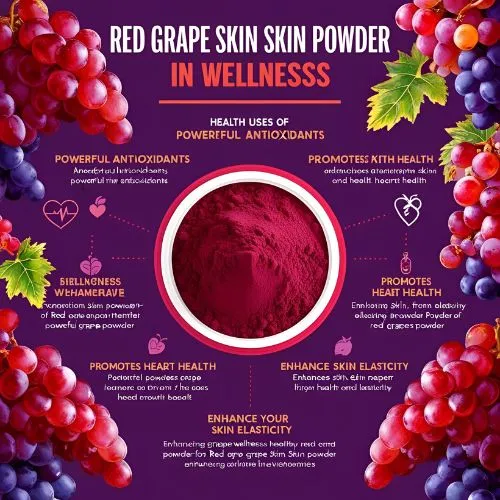
Conclusion
In conclusion, red grape skin powder E163(ii) is proving to be more than just a natural colorant. Its rich polyphenol content and potential health benefits make it a promising ingredient in the world of functional foods and nutraceuticals. As research continues to unfold, we may see E163(ii) playing an increasingly important role in various wellness applications.
If you're interested in learning more about red grape skin powder E163(ii) or exploring its potential for your products, don't hesitate to contact us at info@yanggebiotech.com. Our team of experts is ready to help you harness the power of this remarkable ingredient.
References
1. Xia, E. Q., Deng, G. F., Guo, Y. J., & Li, H. B. (2010). Biological activities of polyphenols from grapes. International journal of molecular sciences, 11(2), 622-646.
2. Georgiev, V., Ananga, A., & Tsolova, V. (2014). Recent advances and uses of grape flavonoids as nutraceuticals. Nutrients, 6(1), 391-415.
3. Rasines-Perea, Z., & Teissedre, P. L. (2017). Grape polyphenols' effects in human cardiovascular diseases and diabetes. Molecules, 22(1), 68.
4. Fernandes, I., Pérez-Gregorio, R., Soares, S., Mateus, N., & de Freitas, V. (2017). Wine flavonoids in health and disease prevention. Molecules, 22(2), 292.
5. Leifert, W. R., & Abeywardena, M. Y. (2008). Grape seed and red wine polyphenol extracts inhibit cellular cholesterol uptake, cell proliferation, and 5-lipoxygenase activity. Nutrition Research, 28(11), 729-737.

Based on your location and order quantity, you will have the opportunity to receive a limited time free shipping promotion!
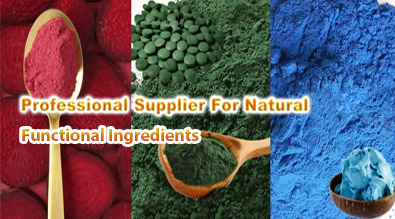
Who we are
